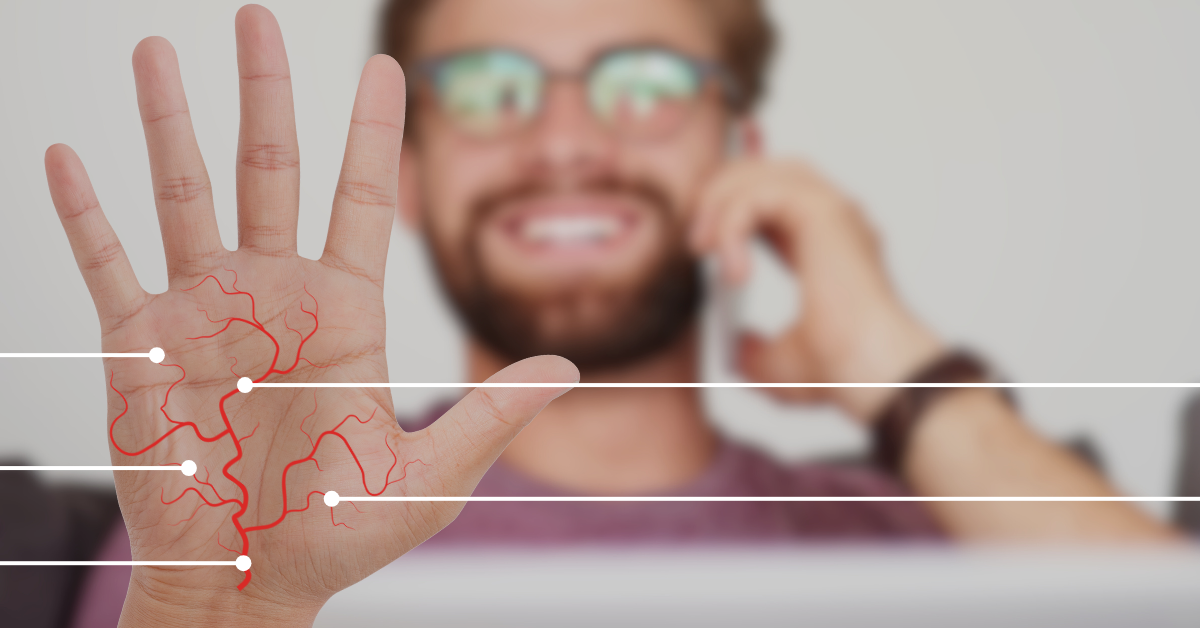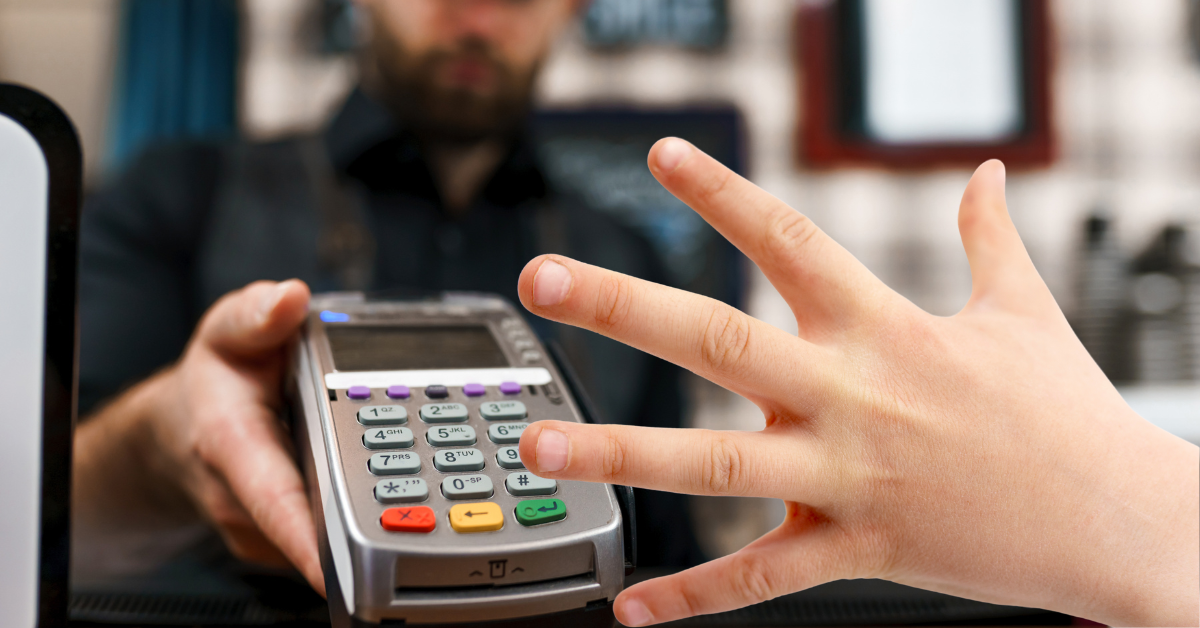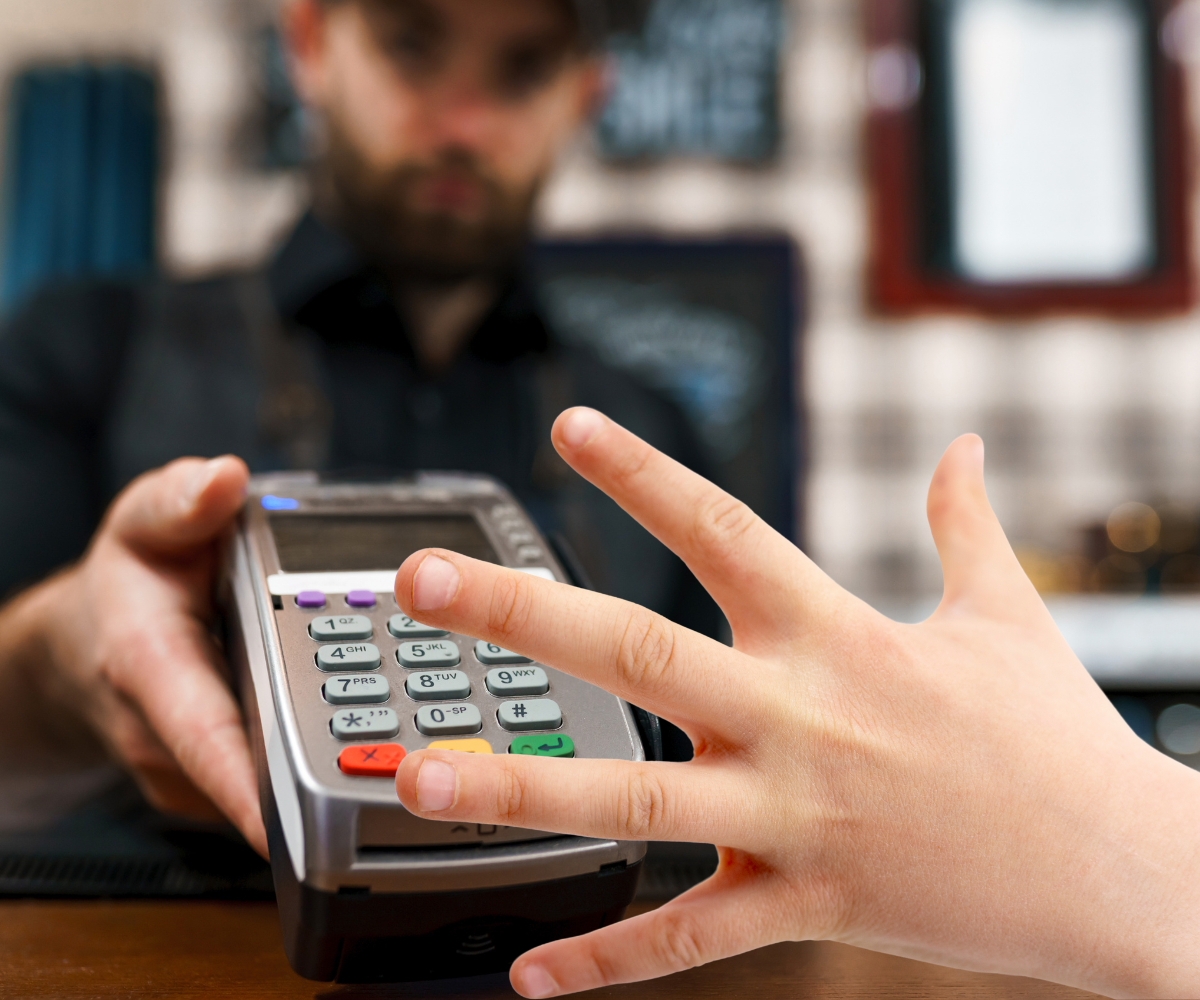Categories
Palm vein scanning? Picture this: you’re at the grocery store, hands full of bags, and instead of fumbling for your wallet, you just wave your palm over a scanner—boom, payment done. Or maybe you’re at the doctor’s, and instead of reciting your birthdate for the tenth time, a quick hover of your hand pulls up your records.
That’s the magic of palm vein scanning, the unsung hero of biometric tech in 2025. While fingerprints and facial recognition get all the buzz, this quiet contender is stealing my heart—and maybe yours too— with its sneaky brilliance. So, what’s the deal with palm vein scanning? Let’s chat about why it’s having a moment right now.
At its core, palm vein scans are like a secret handshake between you and the future. It uses infrared light to peek beneath your skin and map the unique maze of veins in your palm. No one else has a pattern quite like yours, and since it’s all hidden inside, it’s tough for anyone to fake it. From securing your cash to keeping your medical info safe, palm vein scanning is stepping up in ways that feel both futuristic and oddly comforting.

I’ll be honest—biometrics can sometimes feel like a sci-fi movie gone wild, but in 2025, it’s more about making life easier and safer. Sure, fingerprint scanners are still a go-to, and facial recognition is everywhere, but palm vein scanning? It’s like the cool friend who doesn’t need to brag. Industry folks are saying the biometric market could hit big numbers soon, and palm vein scans are quietly riding that wave, popping up in places where security and trust matter most.
What I love about it is how hands-off it is—literally. You don’t have to touch anything, just hover your palm over a sensor. After years of dodging germs, that’s a big deal for stuff like paying at the store or checking into a hospital. And with sneaky hackers trying to spoof fingerprints or faces, palm vein scanning’s internal trick feels like a cozy security blanket. It’s like your veins are whispering, “Don’t worry, we’ve got this.”
Okay, let’s geek out for a sec—how does palm vein scanning even work? Imagine a tiny infrared flashlight shining through your skin. It spots the veins carrying deoxygenated blood (fancy, right?) and sketches out their pattern like a one-of-a-kind treasure map. Then, poof, it turns that map into a digital code that says, “Yep, that’s you!” It’s not rocket science, but it’s pretty darn clever. I read a great explainer on HowStuffWorks that breaks down biometrics like this, and it got me hooked.
What gets me is how it’s all under the surface. Fingerprints? Someone could swipe them off your coffee cup. Your face? A good photo might fool a scanner. But your veins? They’re tucked away, safe and sound. In 2025, when I hear about fancy fraud attempts, palm vein scanning feels like my trusty sidekick, keeping the bad guys at bay.
Now, let’s talk about where palm vein recognition is making life better. Ever dreamed of paying for stuff without digging through your bag? In places like Japan, people are already using palm vein scanning at ATMs and checkouts—it’s quick, safe, and honestly kinda fun. Wired had a cool story about how biometrics like this are changing shopping, and I can see it at my local coffee shop soon. I’d be first in line to try it!
Then there’s secure access control. Picture a high-tech office or data center where only the right people get in. With palm vein scanning, it’s a breeze—no lost keycards, no forgotten codes, just a quick wave of your hand to unlock the door. It’s like something out of a spy movie, but it’s real and keeping sensitive places locked tight. Governments are jumping on board too, using palm vein scanning for things like citizen IDs or border checks. And in banks or stores, it’s stopping fraud in its tracks. It’s like palm vein scanning is the multitasker we all need in our busy lives.


I get it—biometrics can feel a little Big Brother-ish. But palm vein scanning? It’s the friend who respects your space. Since it’s all about what’s under your skin, no one’s snapping pics of your face or lifting prints off your phone. It’s your little secret, and that’s a big relief in 2025 when privacy feels more precious than ever. Forbes had a great take on how biometrics can be privacy-friendly when done right, and this tech nails it.
Plus, it plays nice with rules like GDPR. Companies can lock that vein data up tight, so you’re not left wondering who’s peeking at it. Whether it’s a hospital or a bank, palm vein scanning says, “I’ve got your back”—and I’m here for it.
Looking ahead, I can’t help but get excited about palm vein scanning’s future. What if my phone had a tiny scanner built in? Unlocking it or buying lunch with a wave of my hand sounds like living in a cool movie. Pairing it with fingerprints or faces could make it even tougher to crack, too. Biometric Update mentioned how it’s already growing in payments and healthcare, and I bet there’s more to come. In smart cities? Picture using it to hop on a bus or unlock your front door—convenience meets peace of mind.

Palm vein scanning might not be the loudest kid on the biometric block, but in 2025, it’s winning me over with its quiet confidence. It’s secure, private, and fits into my life in ways I didn’t expect. Whether I’m paying for groceries, checking into an appointment, or just wanting to feel safe, it’s there for me. Want to see it for yourself? Check out our palm vein solutions—I bet you’ll be as hooked as I am.